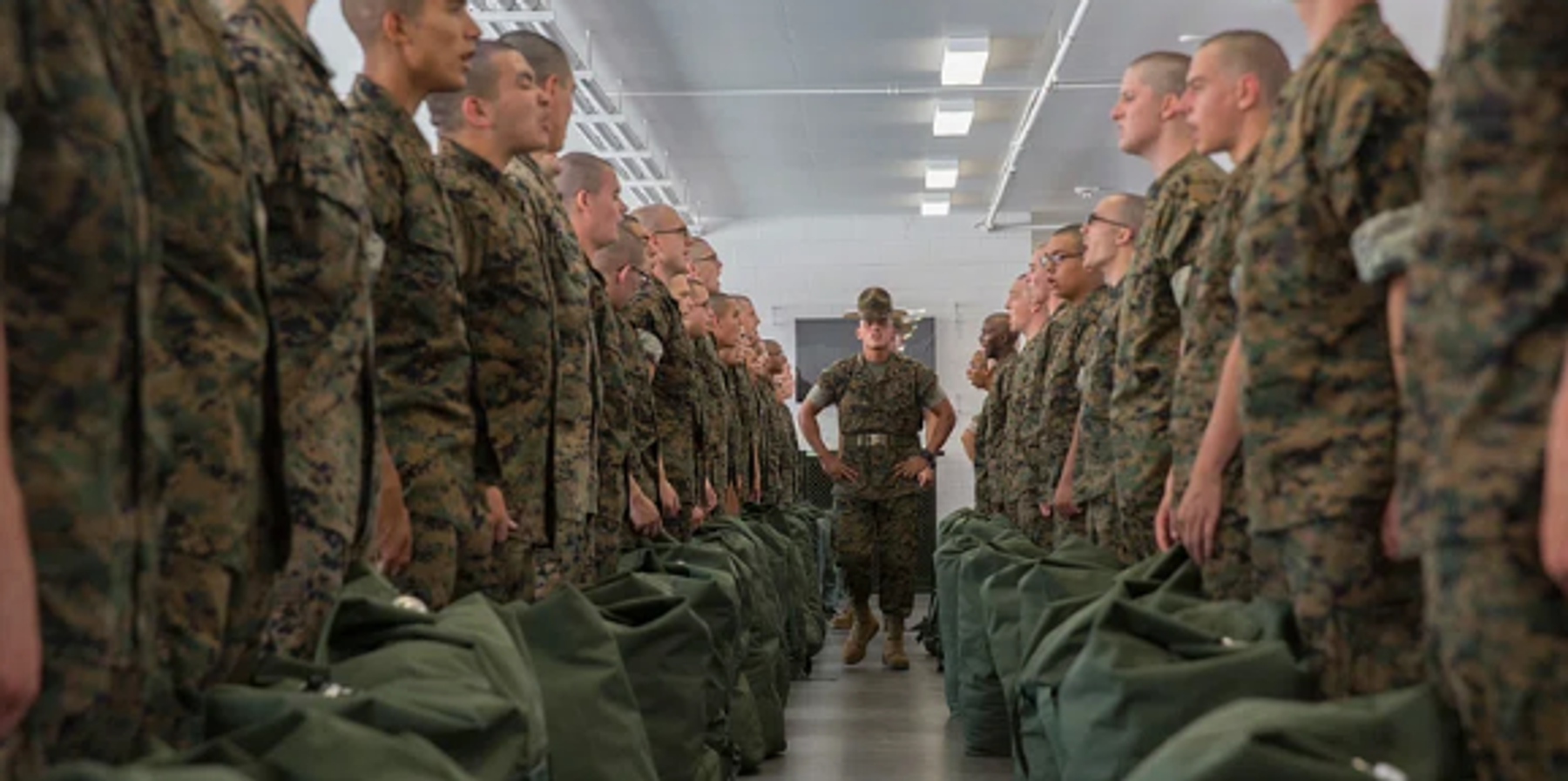Of men in the U.S. who turned 18 in 2023, fewer than 40% signed up for the draft — down from more than 60% in 2020 before the start of the war in Ukraine.
This eye-popping and previously undisclosed admission, as well as other revelations equally damning to plans to increase readiness to activate a draft, was included in documents released recently by the Selective Service System (SSS) in response to a Freedom Of Information Act request.
The SSS is maintains a database of eligible male citizens who could be conscripted if and when Congress and the president institute a draft. Per the law, American males must register within 30 days of their 18th birthday or find it difficult to get a drivers license in some states.
Public statements from supporters of draft registration have justified preparation for a draft as necessary for national emergencies, self-defense, or supposed existential threats such as a Chinese invasion of the mainland U.S. But the lead bullet point in the newly-disclosed Selective Service talking points to Congress in support of a proposal to automatically register all young Americans for a future draft, is the possible activation of a draft for foreign wars in Ukraine and/or the Middle East.
“SSS is experiencing a significant decline in registrations by 18-year-old men. In 2020, the registration rate for 18-year-old men nationwide was 61.8%, today it is just 39.9%,” the agency reports.
Most men register eventually, but often years after their prime draft eligibility. The SSS allows men to register without penalty until their 26th birthday. Some men deliberately or inadvertently delay registering until they are close to age 26. This minimizes their exposure to a possible draft while preserving their eligibility for federal or state jobs or other programs later in life.
Furthermore, the SSS has withheld its cursory one-page cost estimate for automated registration. But the one-page letter it provided to the Office of Management and Budget (OMB) makes clear how little consideration it has given to the real-world feasibility or cost of automating draft registration. It includes no funding for database integration or for collection or verification of information not available from existing databases, including current physical addresses for provable delivery.
Congress and OMB need to scrutinize the proposals for automation and/or expansion of Selective Service registration, which have been through no hearings or budget review, much more closely. At a minimum, Congress should remove these provisions from the NDAA for Fiscal Year 2025, and schedule full hearings next year specifically on Selective Service, with witnesses for and against continuation, expansion, automation, or repeal of draft registration.
While Selective Service registration is being discussed behind closed doors in negotiations on the NDAA, the issue has been raised publicly in the Presidential campaign. In a speech in September, former President Trump criticized Vice-President Harris for allegedly supporting a military draft.
Mainstream media has fact-checked this as false, but has failed to note that, while Harris hasn't directly called for a draft, 1) Democrats and Republicans have both supported planning and preparation for a draft, as part of their bipartisan national security consensus, and 2) Trump did nothing as President to end draft registration, which he could have done by executive order if he were really opposed to a draft.
Selective Service registration requires authorizing legislation (the Military Selective Service Act) and funding from Congress as well an order from the President. The order currently in effect was issued by Jimmy Carter in 1980, and could have been rescinded or revised by any subsequent President. If either Presidential candidate wants to show that they don't support a draft today, they could endorse Selective Service repeal legislation and/or promise to issue an order, if elected, ending draft registration.
In the meantime, more and more young people will take the decision of which wars to fight into their own hands by opting out of Selective Service registration, either by not registering or by not telling the SSS when they move.- A war draft today can't work. Let us count the ways. ›
- Summer of the draft: What govt and think tanks are planning and why ›
















